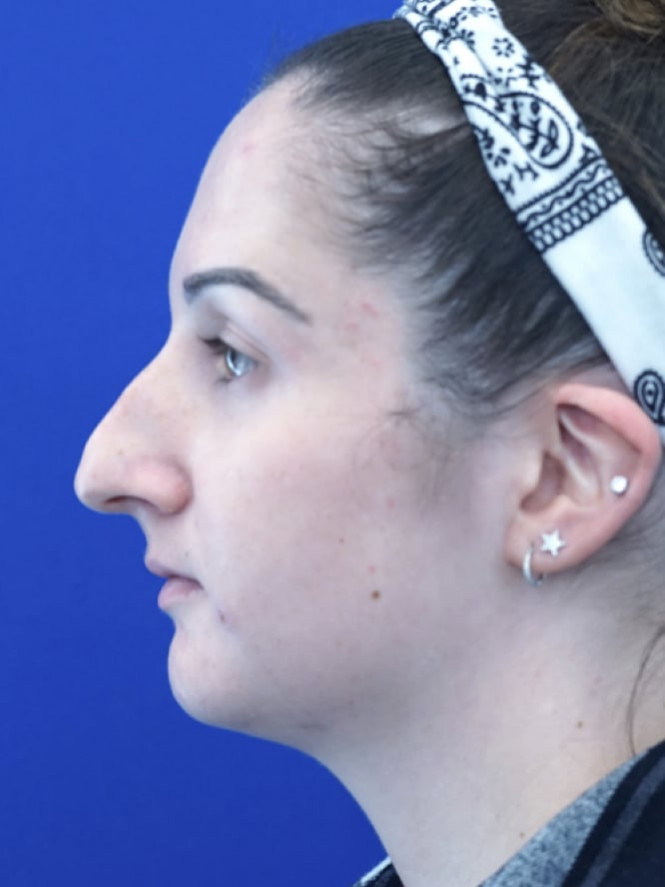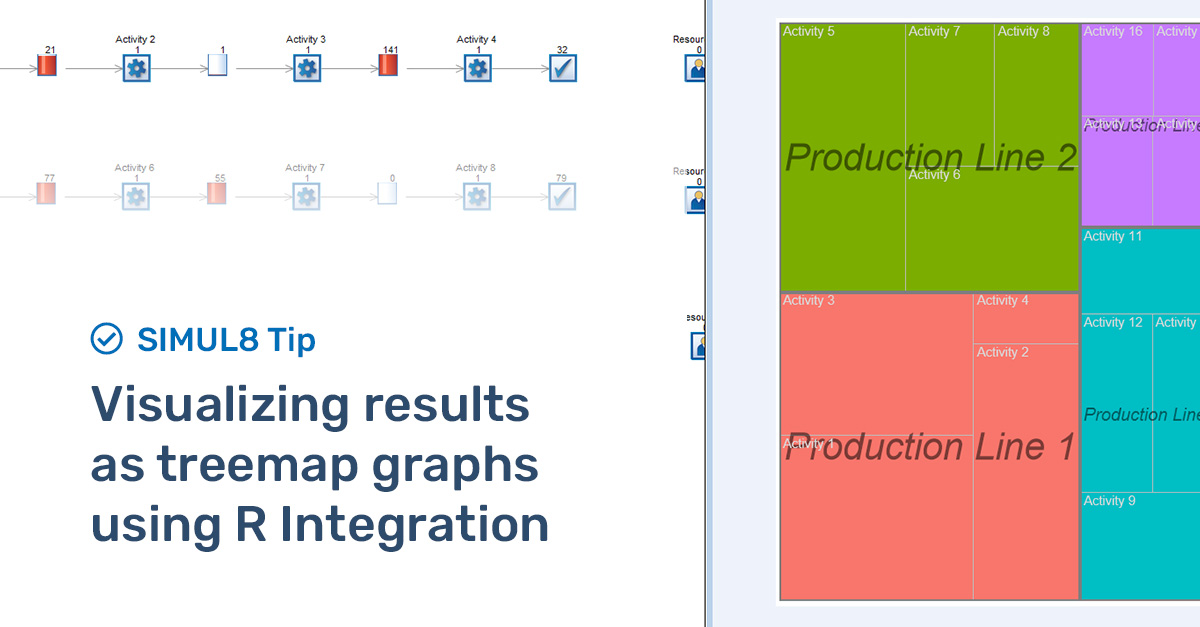
Thus, hip FE models have often assumed constant thickness for cartilage and concentric bone and cartilage.

Generating three-dimensional (3D) reconstructions of bone, cartilage, and labrum from medical images to serve as FE model geometry is time-consuming. Chondrolabral mechanics cannot be measured in-vivo, but they can be predicted from FE models. Measurements of chondrolabral mechanics, including quantification of stress, contact area, and load sharing, before and after PAO, would establish the biomechanical efficacy of this procedure. Ĭlinical studies have demonstrated positive outcomes after PAO, but 40% of these patients eventually require hip arthroplasty. Normalization of labral mechanics may be critical: recent finite element (FE) modeling research suggests that it is the labrum that may initially experience stress overload in pre-osteoarthritic hips with dysplasia, rather than cartilage, which may lead to an out-to-in progression of OA. PAO may also reduce load and stress at the labrum. Medialization of the joint may reduce cartilage stresses along the lateral border of the acetabulum, which is important as many dysplastic hips have cartilage lesions in this region. Periacetabular osteotomy (PAO) aims to prevent OA by reorienting the acetabulum into a position that increases anterolateral coverage. Reduced coverage in dysplastic hips is hypothesized to cause chronic overload of cartilage, resulting in end-stage OA. In dysplastic hips, the acetabulum is shallow, resulting in a joint with inadequate femoral head coverage. chondrolabral) mechanics, which induce structural failure and a cascade of molecular and inflammatory responses that typify hip OA. Regardless, it is generally agreed that hip OA develops in these hips as a result of abnormal cartilage and labrum (i.e. For example, investigators have estimated dysplasia accounts for 50% of hip OA cases, whereas femoroacetabular impingement has been suggested to be more common, being observed in 80% of cases. There is some disagreement as to which percentage of hip OA cases can be attributed to each deformity.

Nevertheless, most cases of hip OA occur secondary to untreated anatomical deformities, such as acetabular dysplasia and femoroacetabular impingement. joint morphology, muscle function) are involved. race, diet, weight, sex, genetics) and joint-level factors (e.g. The etiology of hip osteoarthritis is multifactorial both whole-body-level factors (e.g.


 0 kommentar(er)
0 kommentar(er)
